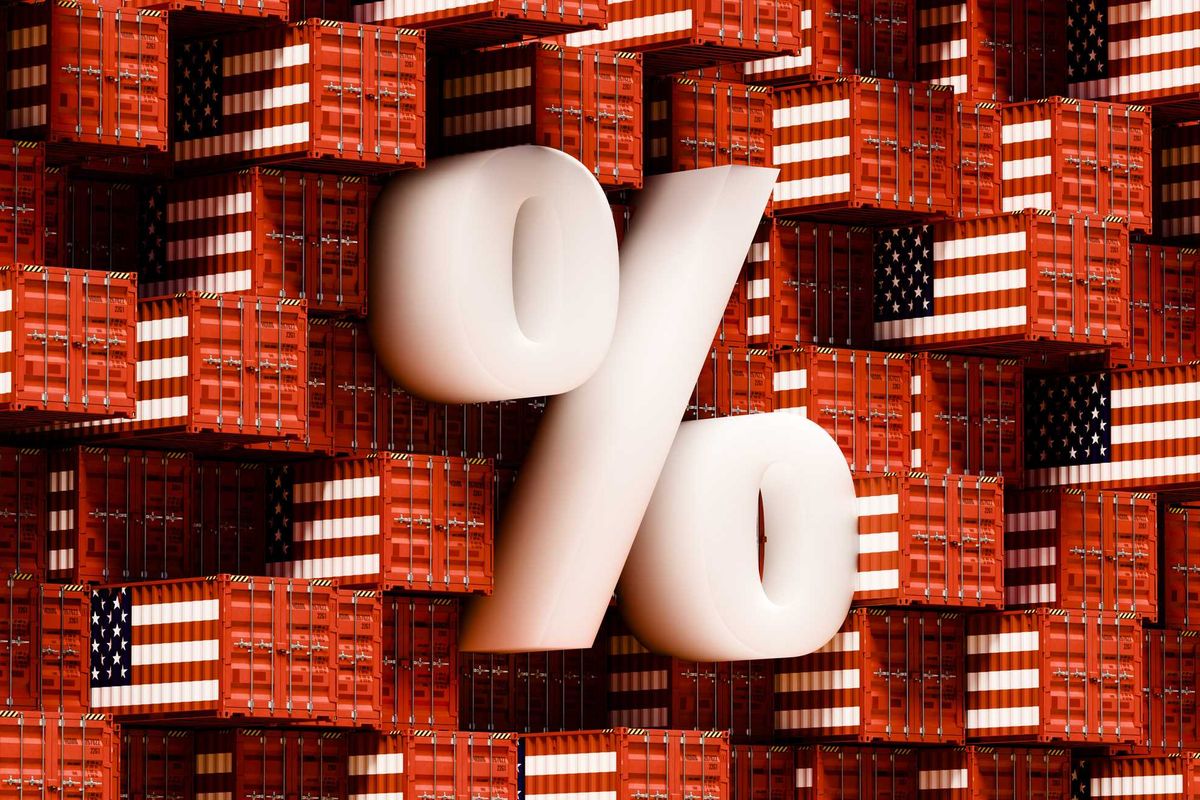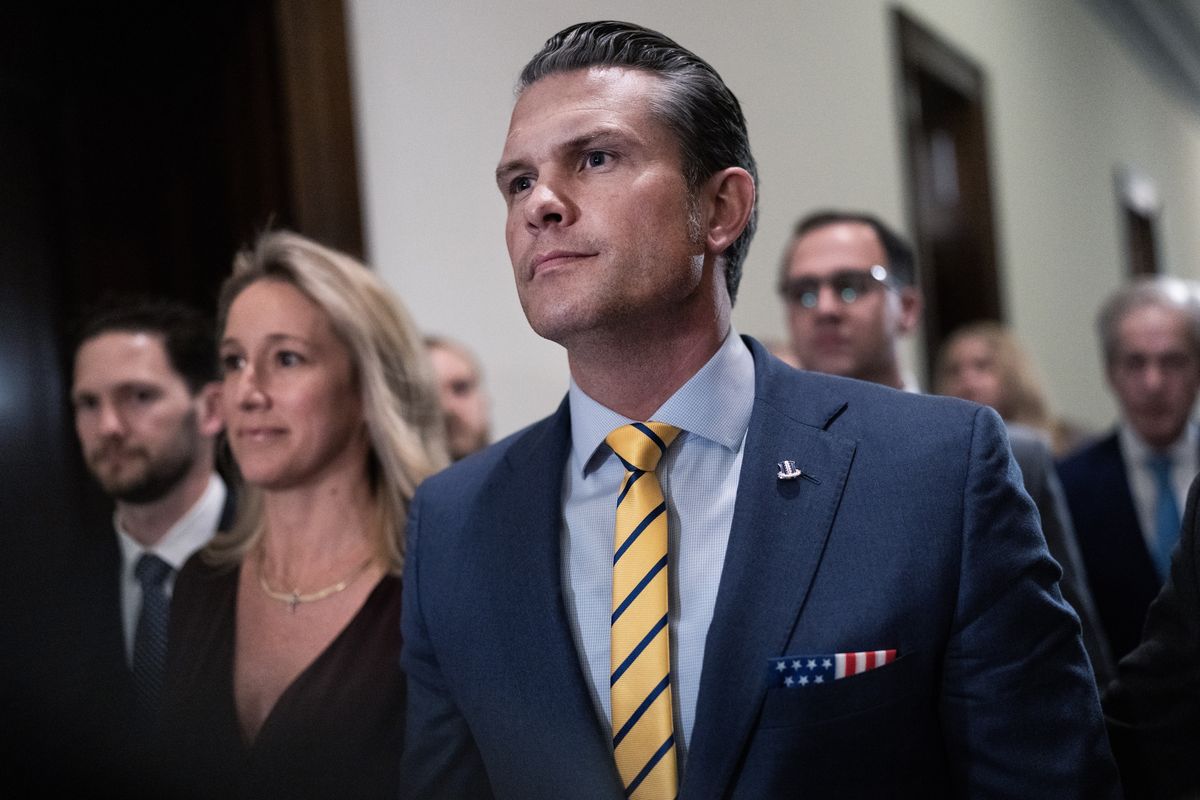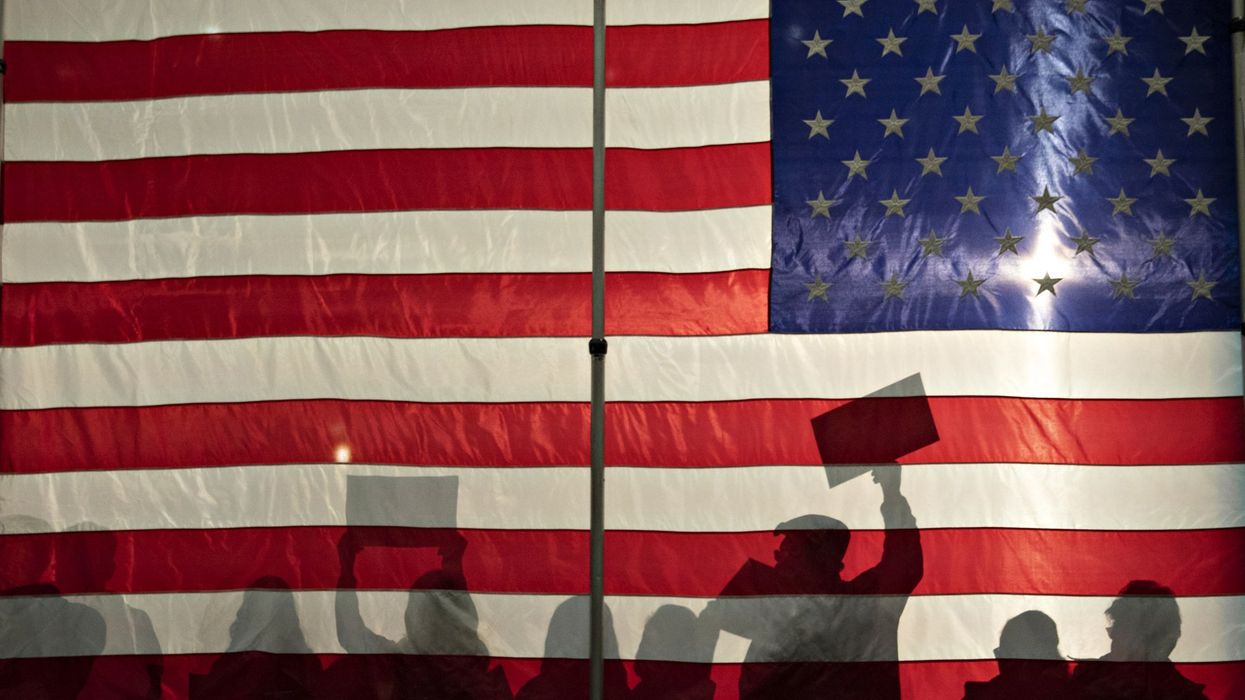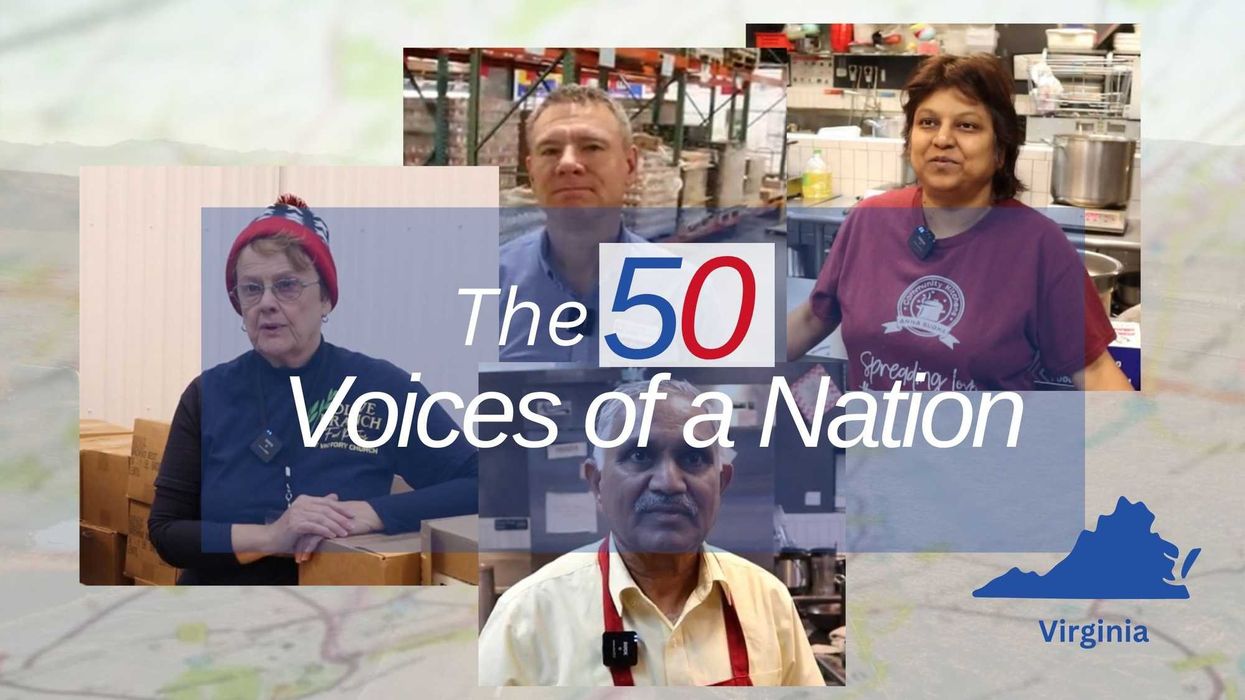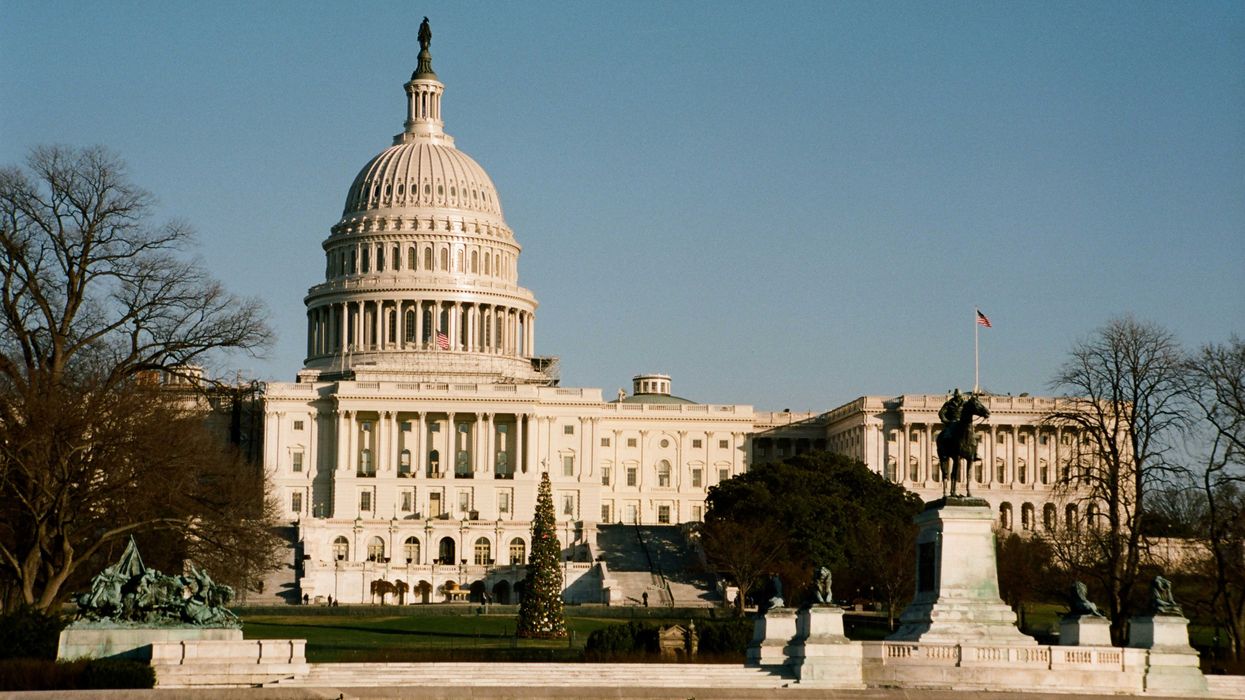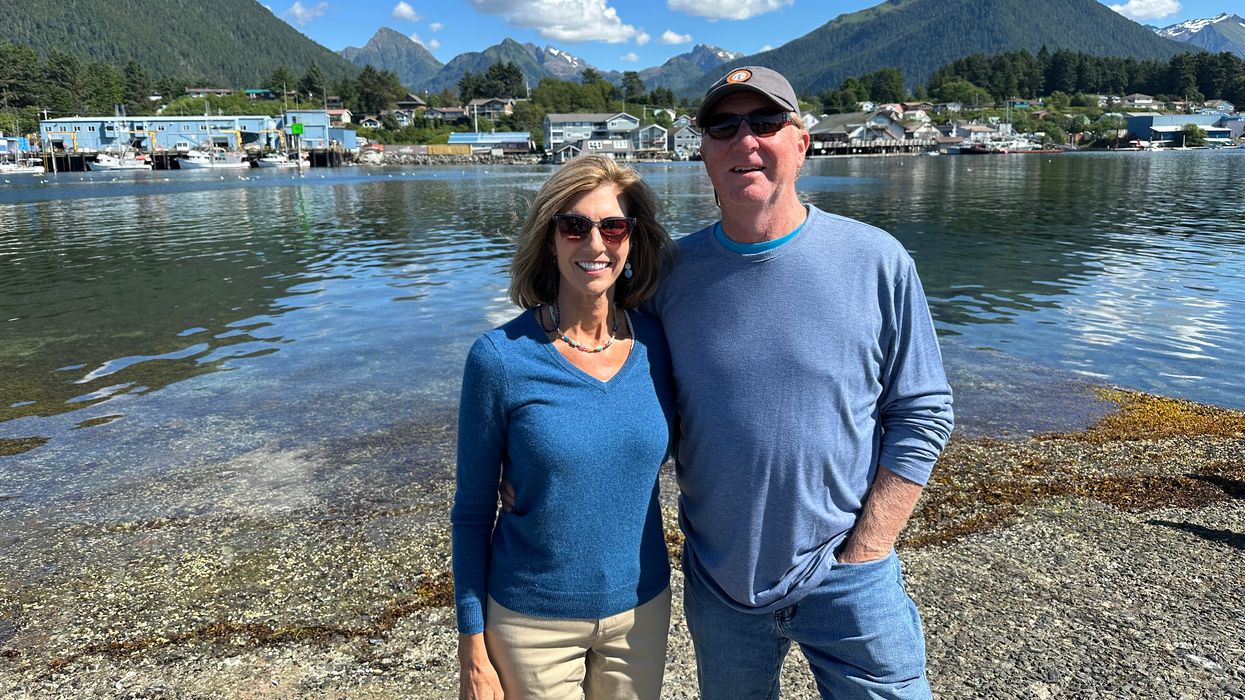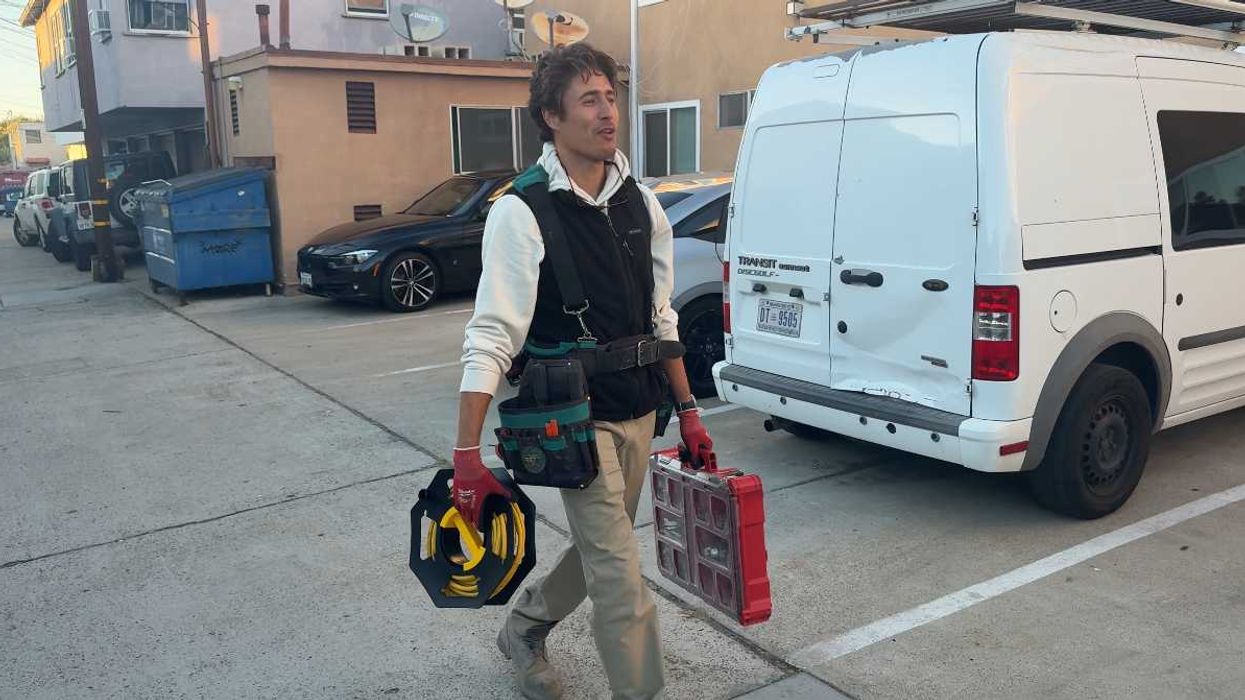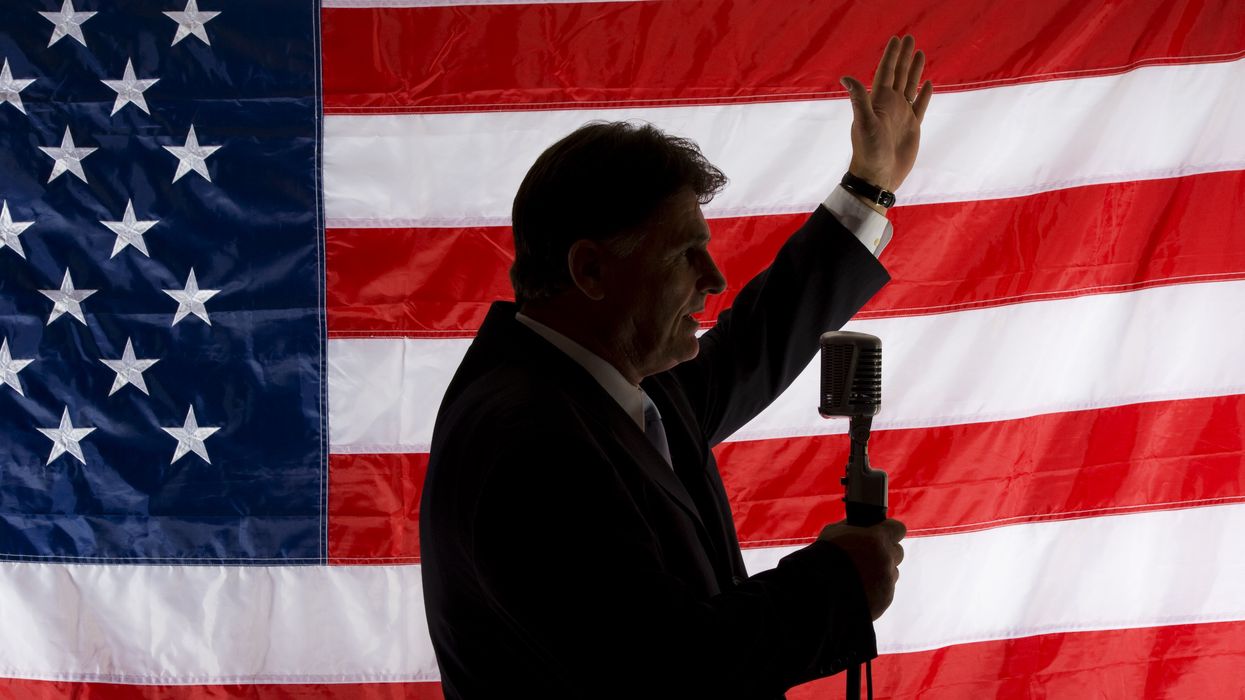In 2024, Americans were promised a year of renewal. The election was meant to usher in stability after years of tumult, a chance to repair what had been so badly frayed. Instead, the campaign season laid bare a more uncomfortable truth: the United States is not simply divided by partisan politics. It is, in practice, two very different countries—one that thrives in abundance and another that stumbles from crisis to crisis, hoping not to slip further behind.
The numbers are stark. More than 40 million Americans lived in poverty last year. Nearly 14 million children went hungry. Homelessness surged to almost 772,000 people—an 18 percent rise, the sharpest increase ever recorded. Meanwhile, credit card debt soared past $1.14 trillion, with delinquency rates at their highest in a decade. For families who once defined the middle class, the American Dream now resembles an eviction notice.
These figures are not abstractions. They manifest in sprawling tent encampments under Los Angeles overpasses, where blocks resemble refugee camps. They appear in small-town West Virginia or rural New Mexico, where shuttered hospitals and vacant storefronts testify to economic collapse. One America enjoys nearly 70 percent of the nation’s wealth. The other America counts coins at the gas pump. Both share the same borders, but they may as well be different planets.
No divide is crueller than the one in health care. The United States spends more per capita on medical care than any other wealthy democracy, yet Americans live shorter lives, bury more infants, and endure more inequality than their peers abroad. The Commonwealth Fund’s 2024 assessment was blunt: Americans pay the most and get the least.
That frustration boiled over in December, when the shocking assassination of the UnitedHealthcare CEO briefly dominated headlines. The act, carried out by a lone, unstable gunman, cannot be defended. Yet the chilling words he left behind—“delay, deny, depose”—echoed a grievance familiar to millions of Americans trapped in a system where companies profit from their pain. One in three adults reports skipping treatment because of costs. Nearly one in ten lacks insurance entirely.
Meanwhile, the opioid epidemic rages on. More than 100,000 people died of overdoses in 2023, most involving fentanyl. Pharmaceutical giants continue to spend millions lobbying Congress while offering paltry support for treatment and prevention. The imbalance is glaring: a nation awash in billion-dollar advertising campaigns yet starved of affordable rehabilitation centers.
Perhaps no indictment of American exceptionalism is more damning than the plight of its children. In 2024, over 1,400 people were killed by guns. More than 500 mass shootings unfolded, 45 of them in schools. Parents send kids to classrooms where the fear is not low test scores but bullets. In the eyes of much of the world, this is now what sets the United States apart.
The cruelty does not end there. Police killed more than 1,300 people last year, disproportionately Black. Four years after the racial justice protests that followed George Floyd’s murder, little has structurally changed. Nearly two million Americans remain behind bars—about 40 percent of the world’s prison population—a figure that points to punishment as policy, not fairness as principle.
Women fare a little better. Five million live in counties without obstetric care. Post-Roe restrictions have driven doctors out of some states, creating “reproductive deserts” where basic health care is inaccessible. Meanwhile, child labor has crept back from the pages of history. In 2024, more than 4,000 minors were found illegally employed in construction, agriculture, and meatpacking plants. Some legislatures have even loosened protections, dressing exploitation in the rhetoric of “economic necessity.”
Migrants, too, bear the brunt of America’s cruelty. Border deaths doubled in two years, with 168 recorded in El Paso alone in 2024. Detention centers remain rife with abuse, earning comparisons from rights groups to “black sites.” Hundreds of migrant children disappeared into unvetted sponsor networks, some winding up in forced labor. These are not anomalies in the system; they are the system.
Yet Washington continues with its theatrics. The 2024 election season was consumed by billionaire-funded campaign blitzes over immigration and other wedge issues, while poverty and health care barely registered in televised debates. The chasm between political spectacle and lived reality grows ever wider. By year’s end, nearly half of Americans doubted the government could meet their needs. Among the young, most declared the “American Dream” either a fiction or long dead.
To bridge the chasm between America’s two nations, policymakers must prioritize evidence-based reforms that redistribute resources and address the root causes of inequality, drawing from successful international models. For poverty and hunger, which affect over 40 million Americans, including 14 million children, expanding social safety nets like universal basic income pilots or enhanced child tax credits could mirror Finland’s comprehensive welfare system, where poverty rates hover around 12 percent through universal child benefits and job training programs, significantly lower than the United States’ 17.8 percent. Similarly, homelessness could be tackled via a “Housing First” approach, as implemented in Finland since 2008, which has reduced long-term homelessness by 76 percent by providing unconditional housing with support services, contrasting with the punitive shelter systems in the U.S. that exacerbate cycles of instability. On health care, adopting a universal single-payer model like Canada’s could eliminate inequities, where per capita spending is half that of the U.S., yet life expectancy is higher (82 years vs. 77) and infant mortality is lower (4.3 vs. 5.3 per 1,000 births), ensuring access without financial barriers and reducing administrative waste.
Confronting violence and injustice demands structural changes in criminal justice and public safety, inspired by global successes that prioritize prevention over punishment. Gun violence, claiming over 1,400 children’s lives in 2024, could be curbed through strict licensing and buyback programs like Australia’s 1996 reforms, which halved firearm homicides and eliminated mass shootings for decades by banning semi-automatics and requiring background checks. Police killings, disproportionately affecting Black Americans at over 1,300 annually, might decline with demilitarization and community oversight, as seen in the UK’s model, where officers are unarmed and killings average under three per year, emphasizing de-escalation training and accountability. Mass incarceration, with nearly two million behind bars, could be reduced by decriminalizing non-violent offenses and expanding rehabilitation, following Norway’s approach, where recidivism is 20 percent (vs. 67 percent in the U.S.) through education-focused prisons and shorter sentences.
For women’s reproductive health, integrating comprehensive care into universal systems like those in Canada ensures no “reproductive deserts,” with maternal mortality rates at 23 per 100,000 (vs. 32 in the U.S.), by guaranteeing free access to contraception and abortion. Child labor, affecting over 4,000 minors, requires stricter enforcement akin to the EU’s bans on hazardous work for individuals under 18 years old, coupled with free education mandates that have virtually eliminated it in countries like Germany. Finally, humane migrant policies, addressing border deaths and abuse, could emulate Canada’s points-based system with robust refugee protections, integrating over one million immigrants annually with lower exploitation rates through vetted sponsorships and rights-based detention alternatives. By shifting from spectacle to substance, America can reclaim its promise, ensuring prosperity is shared and dignity upheld for all.
This is the paradox of American power: the richest country on earth, home to dazzling technological feats and cultural dynamism, yet incapable—or unwilling—to address crises that other democracies resolved decades ago. Universal health care, drastically lower rates of homelessness, and far less gun violence are the norm elsewhere. In the United States, exceptionalism lies not in achievement but in the stubborn refusal to change.
The persistence of hunger, homelessness, untreated illness, and child exploitation is not about scarcity. It is about priorities. Too often, policymakers choose corporate donors over citizens, short-term theatrics over structural reform. The costs fall not on the wealthy but on the millions trapped in the “other America.”
History suggests such imbalances cannot hold forever. Inequality breeds instability. Anger, once dismissed as marginal, can harden into extremism. The world has already seen how social fractures in the United States fuel its political turmoil. Unless the calculus shifts, the gap between America’s two nations will only widen. For a brief moment in 2024, voters were told they were participating in a renewal. The task now is to make that promise real, not through rhetoric, but through action that heals a fractured society.
Imran Khalid is a physician, geostrategic analyst, and freelance writer.
